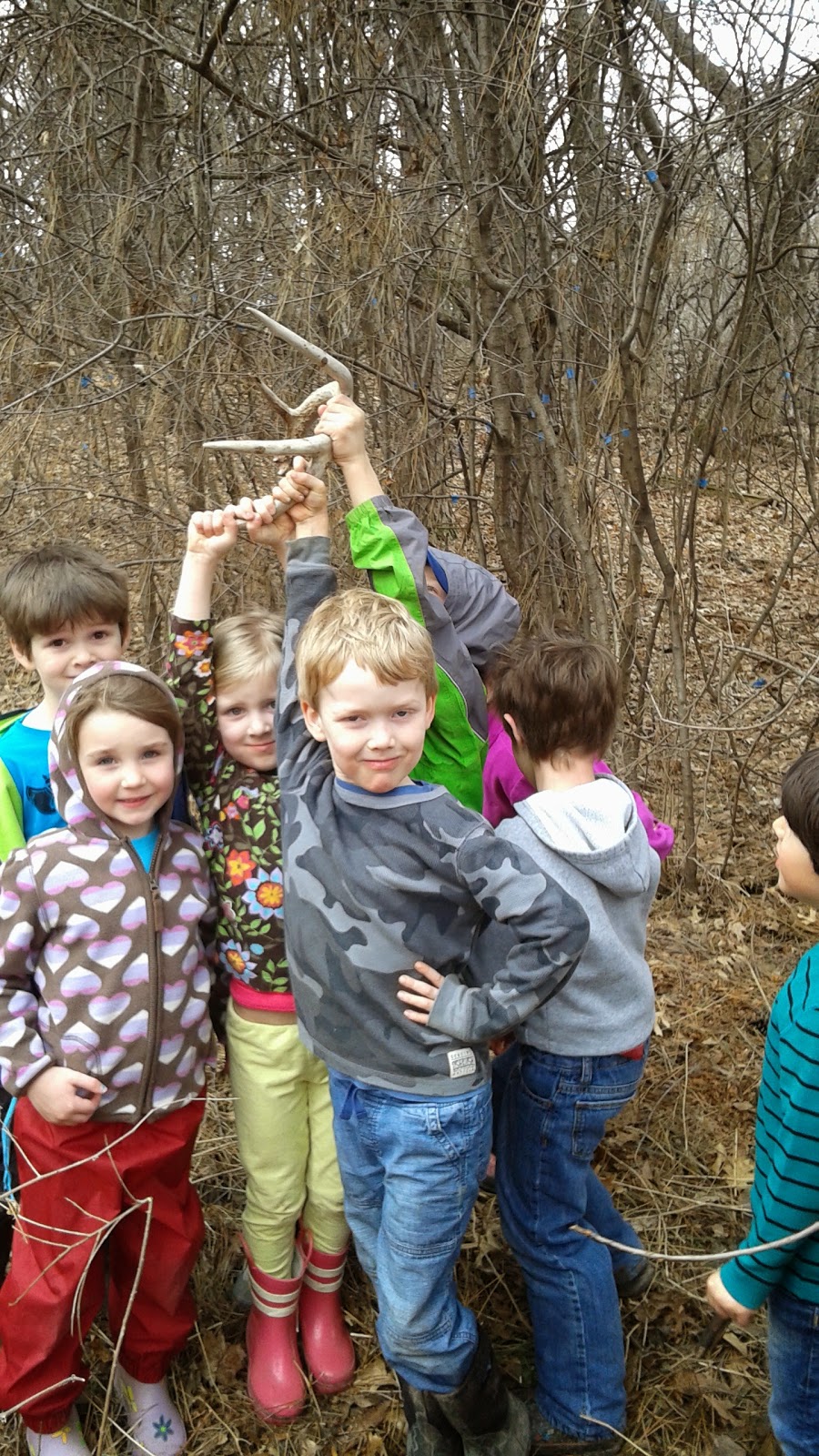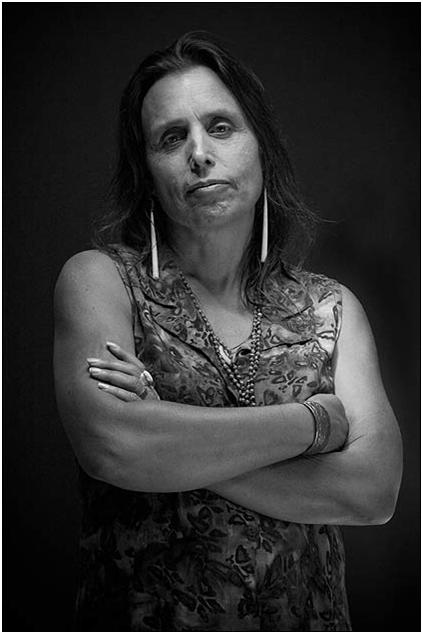There was once an old farmer who had worked his crops for many years. One day, his horse ran away. Upon hearing the news, his neighbors came to visit.
“Such bad luck,” they said sympathetically.
“Maybe,” the farmer replied.
The next morning the horse returned, bringing with it two other wild horses.
The next morning the horse returned, bringing with it two other wild horses.
“Such good luck!” the neighbors exclaimed.
“Maybe,” replied the farmer.
The following day, his son tried to ride one of the untamed horses, was thrown off, and broke his leg. Again, the neighbors came to offer their sympathy on his misfortune. “Such bad luck,” they said.
The following day, his son tried to ride one of the untamed horses, was thrown off, and broke his leg. Again, the neighbors came to offer their sympathy on his misfortune. “Such bad luck,” they said.
“Maybe,” answered the farmer.
The day after that, military officials came to the village to draft young men into the army to fight in a war. Seeing that the son’s leg was broken, they passed him by.
“Such good luck!” cried the neighbors.
“Maybe,” said the farmer.
This is an old, familiar Taoist story. So familiar, in fact, I recognized in right away as "The Farmer's Luck" from Jon J. Muth's book, Zen Shorts. Muth's book is a favorite at our house. And the included tales often rise up from my subconscious to breach in my practical life. Of course, this particular story changed Carmen's life for the better; she was ready to hear the message. And hers wasn't just a shift from thinking about the glass as half-empty to half-full, she moved into an acceptance of the general pattern that defines life.
We are born and then death waits for us all, ultimately, and those facts, along with the twists and turns along the way, define the nature of existence. And by "nature," I do mean nature. Nature teaches us, again and again that resilience, flexibility and adaptability mean survival, and not always. Failure and death happen. Those are just the facts. But success and living are also facts of life too.
A recent hike really helped me think about the "Gift of Maybe" as it relates to our general approach with young children here at Dodge. I like to observe, support and write about what educators and youth development organizations call "experiential learning." In early childhood education, we mostly call this "play" and we believe children learn through play, and I think kids learn special things through adventure in play. To my mind, adventure means embracing a new challenge or having unexpected fun, particularly in a group. Yesterday, our group encountered lots of land-based unexpected fun.
Spring is good for this, as it is a time of flux and concrete physical change.
So we hiked, and we came to a point where we had to cross a flooded creek and we didn't have many good options to do so. We used a half-rotted, slimy, mossy log to help us part of the way across the muck trap, but eventually all six kids (and I) had an up-close and personal encounter with mud. It was an equal opportunity moment for an education in goo. We tried our best to extricate ourselves and to get out of our sticky spot and we laughed hard while doing so. Facing adversity with joy or aplomb is not always an option, but at Dodge, we get to hone our coping skills in gentle, and sometimes messy ways. To know that you will be okay, that you can try, and also fail, is not only an adventure, it helps us build that thing we refer to as "character" in youth development. Land-based group adventures, or experiential ed opportunities, seek to connect kids with their social and emotional selves and to let them experiment with how they feel in different situations. Kids, and adults, move through life trying, and sometimes failing, to cope with the unexpected or the adverse. On some days, we also get to experience joy into the bargain and yesterday was such a day.
After our education in mud, we wandered farther and farther away from the school building. Eventually, I invited kids to try taking the "Secret Path" to Tipi Hill. I was really looking for a way to get back in time for snack without tackling the longer trail known to us as the "Big Loop." But, I was also thinking about the fact that my proposed short cut was in fact a tricky option. What I was billing as the "Secret Path" is in fact a deer trail traversing fairly steep and rough terrain, even for seasoned young Dodge hikers. We'd have to negotiate some barbed wire, an old farm dump and a burr forest. And we'd have to skirt a mucky marsh under scraggly old leaning and low hanging boxelders. I weighed my options: Big Loop (they could get really hungry, and cranky) or Secret Path (they could get really frustrated, and cranky). Kids on the hike were having a good day; we had really bonded over that mud experience. I decided that it just might be a good day to have one more adventure-- maybe so, maybe not. "Maybe" is the nature of life, right? Well, it was indeed a "maybe so" day.
We had a lot of fun traversing the tricky terrain of the Secret Path-- so much fun that kids eventually took the lead and I followed them to Tipi Hill. Upon arrival, kids exulted, jumping around together and laughing. Then we rested, enjoyed a marshmallow, and talked over our triumph. Just that little bit of reflection, talking about our adventure, really solidified the experience: "We did it!" "That was fun!" "We can show the other kids!" "We could bring other friends to Dodge and show them the Secret Path; they don't know about it yet."
This little "case study"of a typical hike, and the real time, practical decisions we teachers and mentors make on the fly, reveals a lot about what life is like on the front lines of experiential ed. We have the luxury of inviting challenges; most of us, students and staff, don't have to cope with an excess of unwanted adversity. We seek to develop ourselves with new experiences and small, manageable challenges every day, perhaps in an effort to grow and better prepare for those bigger challenges that living affords us, or offends us, with. Dodge is no Yemen, and the adversity we visit upon ourselves here is generally mild, and often actually lovely, but maybe we can all gain just a bit more perspective from the time we spend out in not-entirely-predictable nature. Outward Bound has this to say about their approach to adventures with youth:
"the program strives to demonstrate that through discovery of their strength of character, ability to lead, and determination to serve their community, young people will become more resilient and help to shape a more compassionate world. Most importantly, the students find the confidence to empower themselves for the future they seek."
Outward Bound works with school-age children, primarily, but here at Dodge, we know that land-based play and discovery can and should begin, as it historically has, at birth. "On the Day You Were Born," you joined the human race, and an ecosystem. Maybe you will face more adversity, or maybe you will face less and invite more in order to grow your own skills, discover your strengths (and weaknesses) and increase your compassion for others.
To read a U of M case study of social and emotional learning at the Voyageur Outward Bound School, click here.
This post is dedicated to Bruce Kramer and Cathy Wurzer and their courageous and moving mission to teach us about the gifts of loss. I think the two deserve a Pulitzer. You teach us even in death, Mr. Kramer.
This post is dedicated to Bruce Kramer and Cathy Wurzer and their courageous and moving mission to teach us about the gifts of loss. I think the two deserve a Pulitzer. You teach us even in death, Mr. Kramer.


























